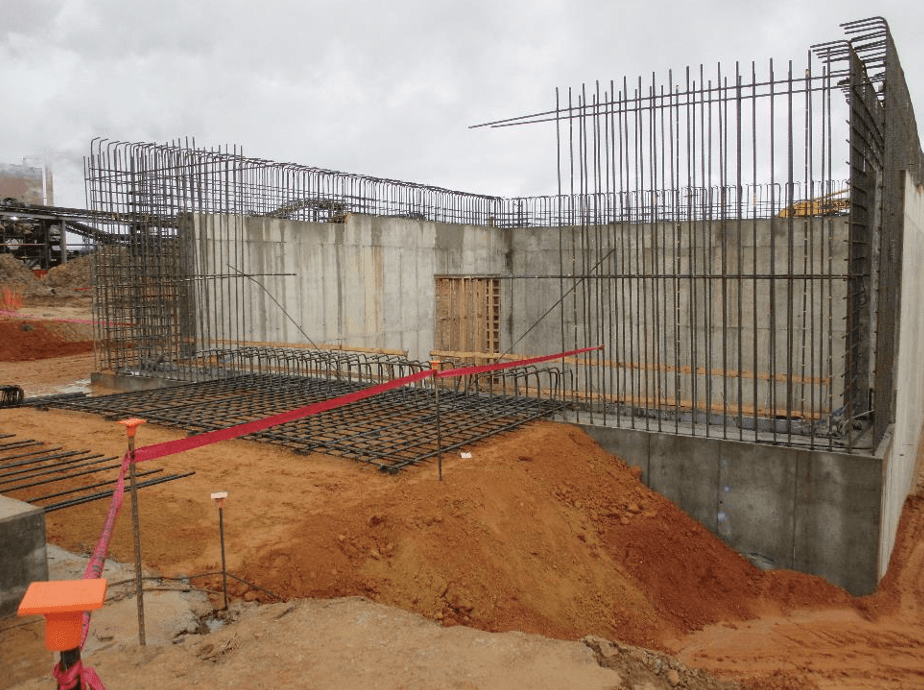Comprehensive Geotechnical Works to Ensure Website Stability
Comprehensive Geotechnical Works to Ensure Website Stability
Blog Article
Exactly How Consulting Engineers Enhance Geotechnical Engineering Projects: Insights Into Their Proficiency, Techniques, and Collaborative Approaches
Consulting designers are essential in improving geotechnical engineering tasks, using their specialized knowledge to browse the complexities of subsurface conditions. Their techniques incorporate a variety of site examination methods, consisting of Criterion Penetration Examinations (SPT) and Cone Penetration Tests (CPT), which educate crucial choices during the design and building phases. Furthermore, their joint methods foster interaction among varied job stakeholders, ultimately forming the task's trajectory. As we take a look at the multifaceted functions these specialists play, it ends up being clear that their payments extend beyond technological know-how, prompting a better consider the implications for job success.
Duty of Consulting Engineers
The proficiency of seeking advice from designers in geotechnical design is fundamental to the successful implementation of building and construction projects. These professionals play an essential duty in assessing soil and rock buildings, which are crucial elements affecting style and building and construction choices. By performing comprehensive site investigations, speaking with engineers gather necessary information that educates the layout procedure, making sure jobs are constructed on secure and appropriate ground.
Consulting designers likewise supply vital understandings right into danger administration (geotechnical geologist). They determine prospective geotechnical risks, such as landslides, soil liquefaction, and settlement issues, enabling stakeholders to apply reliable reduction methods. Their know-how help in enhancing foundation layouts, which can bring about considerable expense savings and enhanced safety and security
Additionally, speaking with designers offer as a crucial web link in between task proprietors, designers, and professionals. Their ability to convert complex geotechnical information into actionable referrals promotes collaboration and facilitates informed decision-making throughout the task lifecycle. This multidisciplinary technique not only boosts project performance however also makes certain compliance with governing requirements and best methods.
Key Methods in Geotechnical Engineering

One main method is website examination, which involves conducting field examinations and research laboratory evaluations to gather data on subsurface conditions. Techniques such as Requirement Infiltration Screening (SPT) and Cone Infiltration Screening (CPT) are extensively used to evaluate soil stratigraphy and stamina. In addition, geophysical approaches, consisting of seismic and electric resistivity surveys, offer non-invasive ways to examine subsurface features.
Another critical methodology is numerical modeling, which enables engineers to simulate various situations and anticipate exactly how soil-structure interactions will behave under different loading problems. Limited Component Evaluation (FEA) is a typical technique utilized in this context.
Additionally, the design of foundations, preserving frameworks, and earthworks counts heavily on these techniques - geotechnical geologist. By incorporating sophisticated logical devices with area data, seeking advice from engineers can develop customized options that deal with particular project obstacles, eventually adding to the security and security of construction tasks
Value of Soil Evaluation
Soil evaluation functions as a fundamental element in geotechnical design, providing crucial insights right into the physical and chemical residential properties of soil needed for effective building preparation. Comprehending dirt characteristics is vital for determining its load-bearing capability, water drainage habits, and possibility for settlement or instability. Comprehensive dirt investigations, including tasting and research laboratory testing, assistance recognize parameters such as soil kind, dampness content, density, and shear stamina.
These evaluations notify the choice of ideal construction methods and products, inevitably affecting project security and durability. Natural soils may require different foundation styles compared to granular dirts, demanding look what i found customized design remedies. Soil evaluation help in identifying pollutants that could position dangers to human wellness or the atmosphere, permitting for the growth of reduction techniques.
Integrating dirt evaluation right into the beginning of job advancement assists to reduce unexpected challenges, guaranteeing that engineers can anticipate and deal with potential issues prior to they rise. By establishing a detailed understanding of the site conditions, consulting designers can enhance design efficiency and lower expenses, thus enhancing the total success of geotechnical design address projects.
Joint Strategies in Jobs
Successful geotechnical tasks usually rest on collaborative strategies that bring with each other diverse know-how from various techniques. Efficient collaboration amongst speaking with designers, geologists, ecological scientists, and building and construction experts is crucial for attending to complicated obstacles and enhancing task results. By leveraging the unique abilities and knowledge of each staff member, tasks can gain from a holistic understanding of the website problems, regulative needs, and engineering restraints.
Regular communication and interdisciplinary conferences help with the sharing of understandings and foster a society of synergy. These collective initiatives enable the identification of possible risks early in the project lifecycle, enabling for prompt mitigation techniques. In addition, incorporating comments from stakeholders, consisting of neighborhood communities and regulative companies, ensures that all perspectives are thought about, boosting task approval and compliance.
Furthermore, the integration of advanced technologies, such as Geographic Information Systems (GIS) and Structure Info Modeling (BIM), additional improves partnership. These devices enable the real-time sharing of information and visualization of geotechnical problems, advertising educated decision-making. Inevitably, a joint strategy not just simplifies job execution however also lays visit this website the foundation for innovative solutions to intricate geotechnical design obstacles.
Effect On Job Results

Consulting designers employ innovative approaches such as threat assessment and anticipating modeling, which enhance the accuracy of task forecasts. Their capability to incorporate innovative innovations, like geotechnical instrumentation and information analytics, even more improves the design and building procedures. As a result, jobs experience boosted efficiency, decreased expenses, and decreased delays.
Additionally, cultivating effective communication and partnership amongst staff member improves analytic capacities. When challenges occur, an unified front enables swift identification of services, stopping possible setbacks. Ultimately, the collective efforts of getting in touch with designers add to greater quality outcomes, guaranteeing that projects meet both regulative requirements and customer expectations.
Verdict

Report this page